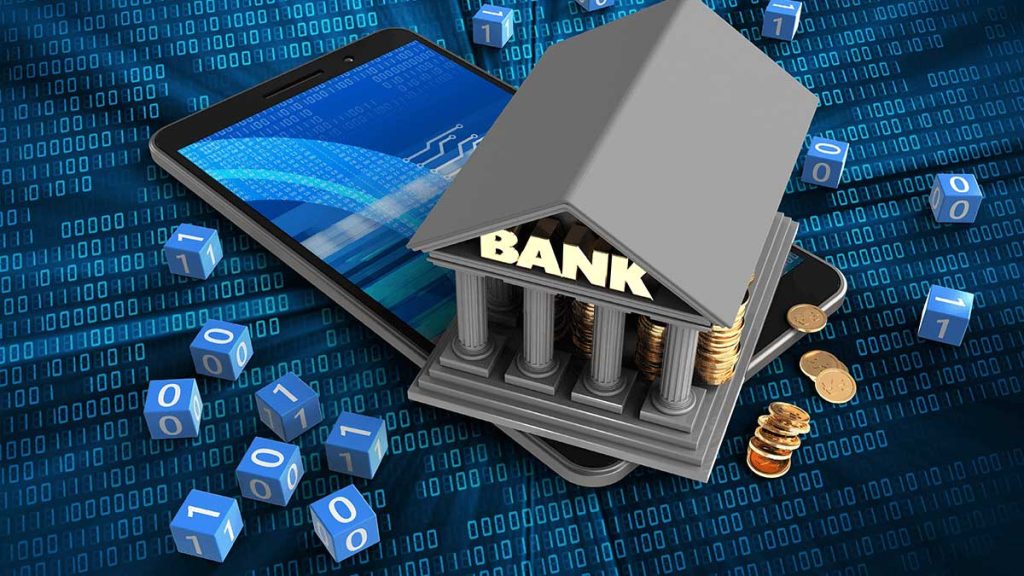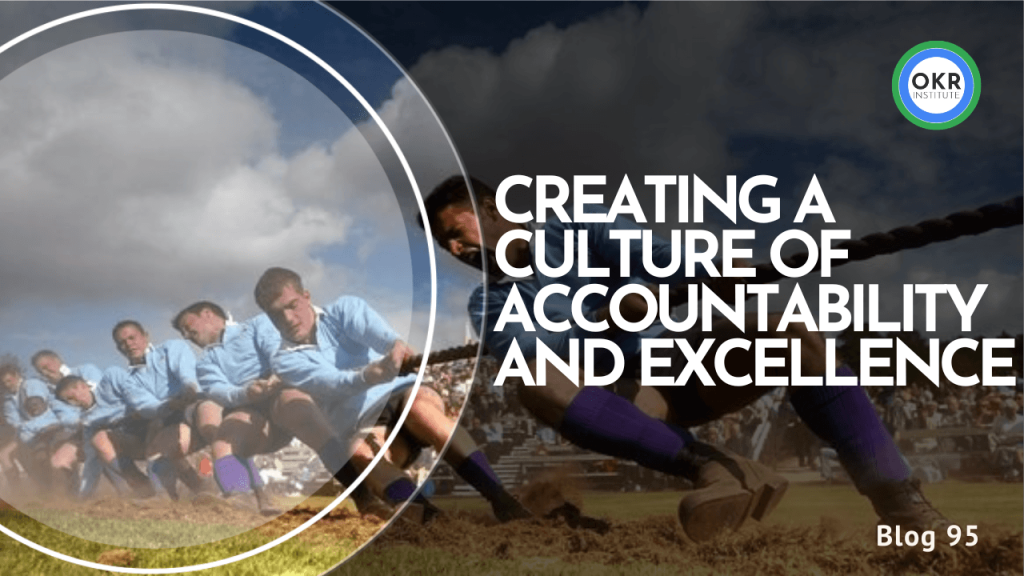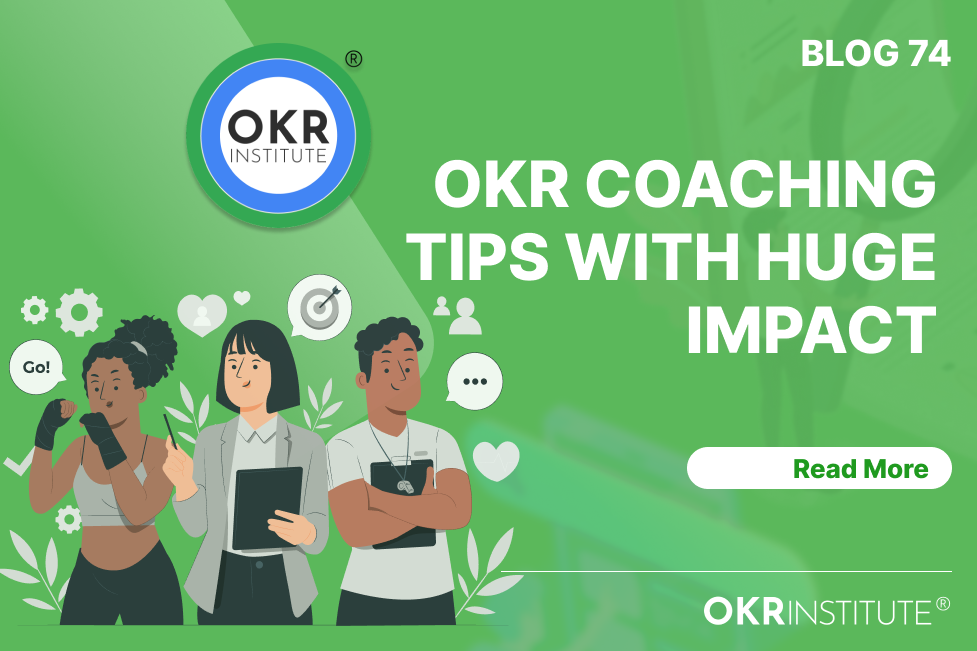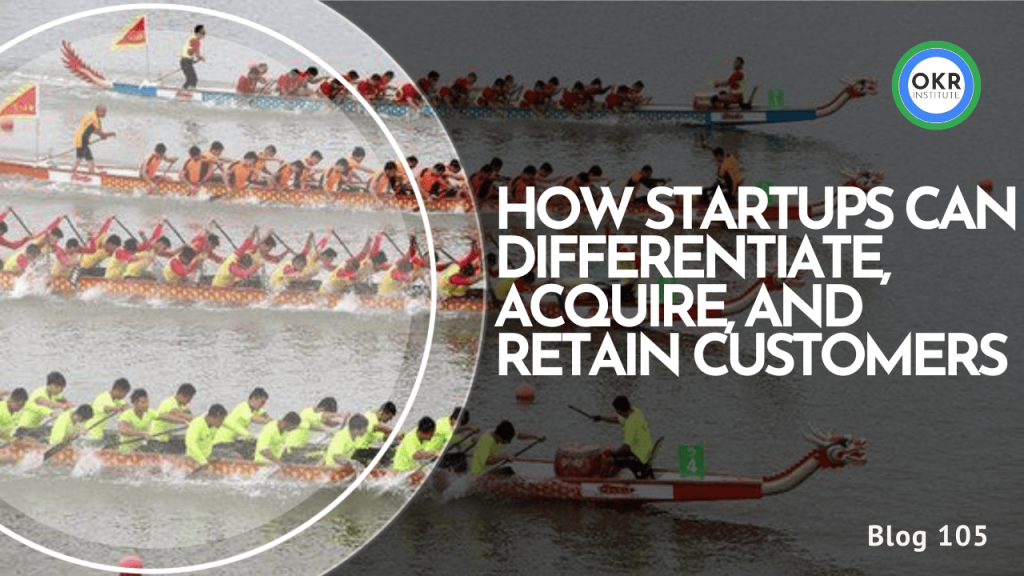OKRs: sustainable and successful transformations within the banking industry

OKRs: The Bridge to the sustainable and successful Transformation of the Banking industry
Any successful Organizational transformation inherently has several critical success factors to it. In this writing, a strong focus is placed on the essential aspects of successful and sustainable transformation initiatives within the Banking industry. Agile Leadership and practices, OKRs, a growth culture, and other critical elements to transform from a traditional organization to an Agile organization are put under a microscope. Successful transformations have several aspects to them but OKRs can fill the gap between strategy and execution.
Mckinseys’ Global Banking Annual review of 2022 states that:
‘Banks must become more resilient and reinvent their business models to ride out the current volatile period and achieve long-term growth and profitability.
First, the pandemic, inflation, war, rising interest rates, supply chain disruption, and more: macroeconomic volatility and geopolitical turmoil in 2022 overturned many assumptions for banks globally. It ended more than a decade of relative stability.’
McKinsey’s Global Banking Annual Review | McKinsey
Primarily, large and traditional banking organizations were comfortable operating within a relatively stable and predictable environment; macroeconomic volatility and other factors have accentuated the need for transformation and new working practices.
More and more banks are adopting agile methodologies, and senior bank executives have generally sensed the need to speed up the digital transformation process. To successfully transform from a traditional organization to an Agile organization is challenging yet exciting as massive opportunities can be unlocked during the process – developing more leaders, tremendous company growth, and an extreme amount of value added to banking customers are among the numerous potential benefits of a successful transformation or transformations.
And a significant challenge arises.
During the transformation from a traditional organization to an Agile organization, speed to market and speed of execution are usually emphasized. When speed is overemphasized, it happens at the expense of quality assurance. Capacity and immersive skills building have to happen simultaneously as enablers to the successful execution of a strategy and quality assurance.
The focal point of having a strategy is to differentiate yourself from the competition, and the highest form of strategic execution is to create uncontested market space; however, this requires a predominant growth mindset and embracing change at the highest levels of the organization. The top layers of the banking management structure would have to go through immersive learning experiences of agile and transformation practices to ensure the success and sustainability of the transformation process to the highest degree possible.
By immersive learning experience is meant that participants are empowered to immediately apply their learning to existing projects and initiatives as part of the ‘Agile learning modules’ –
For example, participants learn how to draft strategic Objectives and Key results frameworks for creating and launching new banking products. Within an immersive learning experience, the participants will be empowered to apply the same framework to an existing banking product launch plan immediately.
Your strategy is only as good as your skills; therefore, practical skills development is essential in strategic planning.
Speaking about speed, Usain Bolt is a prime example – Imagine him powering toward the finishing line of a hundred-meter sprint. His incredible speed is underpinned by balance, strength, and peripheral vision, and the combination of qualities makes him win, not speed alone.
In the case of Usain Bolt being unaware of his relative position to his competitors, his lack of peripheral vision alone may cause him to lose the race.
Banks require ‘speed to market’ to be tempered by quality assurance, peripheral vision (awareness of their position relative to the competition), Agile leadership, and a growth culture to ensure the success and sustainability of beneficial change initiatives.
Critical subsets to the themes of speed, Leadership, culture, peripheral vision, strategy, and skills development that we need to be aware of perpetually are:
- Engagement levels of employees
- A Radical customer-centric focus
- A motivating climate
- Team dynamics
- Fostering creativity and collaboration
According to the Economic observatory :
‘New digital financial technologies have the potential to shake up banking. Fintech services offer potential consumer benefits and have made inroads into online lending and payment services. But the sector remains small and has yet to pose an existential threat to banks.’
As banks are transforming into more Agile organizations, they are naturally challenged by internal elements such as managing resistance to change, building capacity, and at the same time, keeping advances in the Fintech services sector within their peripheral vision.
The ‘Agile approach’ to change allows banks to be more proactive in embracing beneficial change initiatives that result in differentiation from competitors as opposed to a reactive approach – waiting and seeing what the competition is doing and then reacting to it later.
OKRs, Agile Leadership, and a values-based culture
Objectives and key results frameworks, along with the ‘Leader as a coaching model’ as an element of Agile leadership, within the context of a growth culture characterized by embedded and practical values over too many rules and regulations, all combined, form a vital bridge between strategy and execution.
As Key Results (KRs) are mainly leading indicators (predictive of a future desired state) that are aligned to essential Objectives (‘Measure what matters), they represent significant leaps toward the ultimate Vision of the company.
Investopedia describes the context for leading indicators within the economic and financial sector very well:
- ‘A leading indicator is a piece or set of economic data that may correspond with a future economic movement or change.
- Economic leading indicators can help to predict and forecast future events and trends in business, markets, and the economy.
- Different leading indicators vary in accuracy, precision, and leading relationships, so it is wise to consult a range of leading indicators in planning for the future.
- the consumer confidence index, purchasing managers’ index, initial jobless claims, and average hours worked are leading indicators.’
When the same Key results are supported by a firm, particular, and prioritized action plan. There is a transparent and regularly updated visual representation of the same program on, for example, Kanban or task boards; you are succeeded in building execution into your strategy already.
When a motivating climate and a strong culture are created through powerful team dynamics and leaders who genuinely support and coach their teams, achieving the set results is less complex, speedier, and more rewarding.
A key result such as :
KR1# Improve the customer satisfaction score from 60% to 85%
Is both predictive of and aligned to the objective of, for example, – Creating a highly satisfying and value-adding Banking product
Read the full Investopedia article here
Talent Development Director of the OKR Institute
Related Courses
Recent Posts
Tags
#OKR
#OKR Coaching
#OKR Coach







